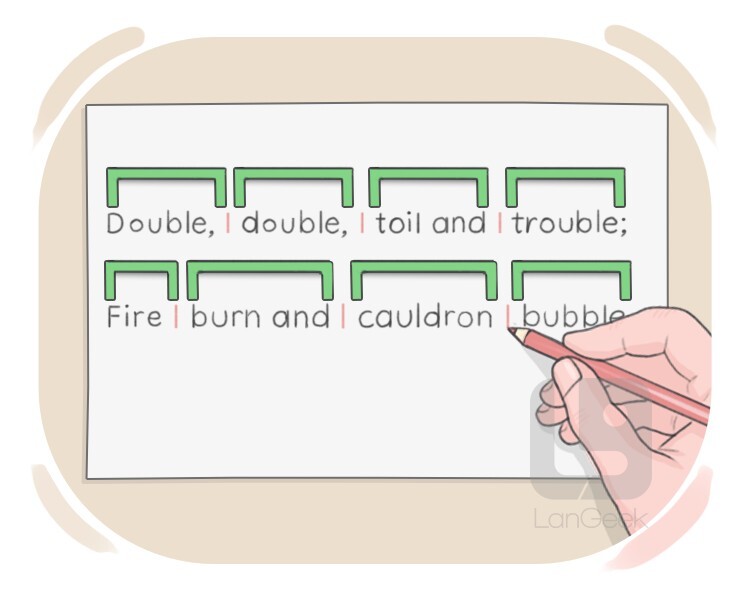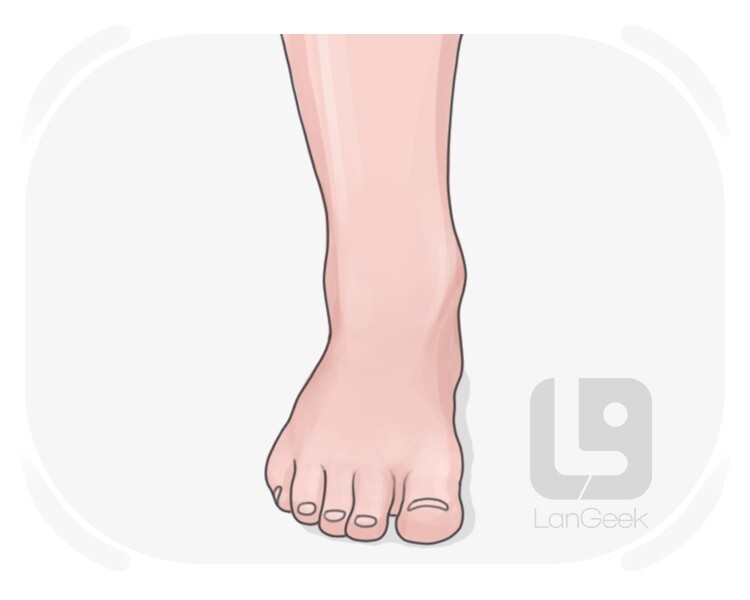Search
Select the dictionary language
What is a "foot"?
A foot is the lowermost part of the human leg, specifically the extremity that comes into contact with the ground. It consists of various bones, joints, muscles, and ligaments that work together to provide support, balance, and locomotion. The foot is responsible for absorbing shock during walking and running, adapting to different surfaces, and propelling the body forward. It contains a complex arch structure that helps distribute body weight and maintain stability. The foot is a vital anatomical structure for mobility, providing a foundation for standing, walking, and engaging in various activities. Understanding the anatomy and function of the foot is crucial for overall lower limb health and biomechanics.
the basic unit of verse meter, consisting of one stressed syllable and one or more unstressed syllables

What is a "foot"?
In poetry, a foot is a basic unit of measurement used to define the rhythm of a line. It consists of a specific combination of stressed and unstressed syllables. Different types of feet, such as iamb, trochee, dactyl, anapest, spondee, and pyrrhic, create various rhythmic patterns in verse. The arrangement of feet within a line contributes to the poem's overall meter, influencing its musicality and flow. Understanding the concept of a foot is essential for analyzing poetic structure and the effects of rhythm on meaning and emotion in poetry.
the bottom of something
the pedal extremity of vertebrates other than human beings
any of various organs of locomotion or attachment in invertebrates
lowest support of a structure
travel by walking
a support resembling a pedal extremity
an army unit consisting of soldiers who fight on foot
a member of a surveillance team who works on foot or rides as a passenger






























